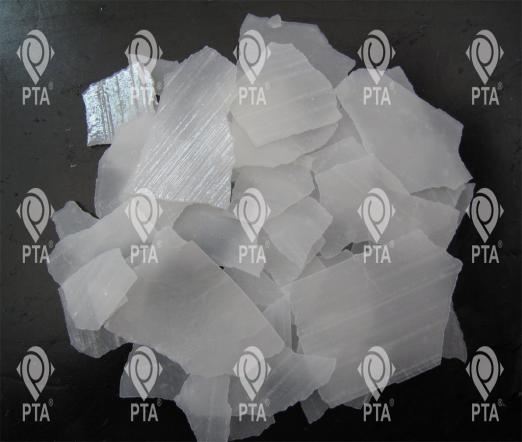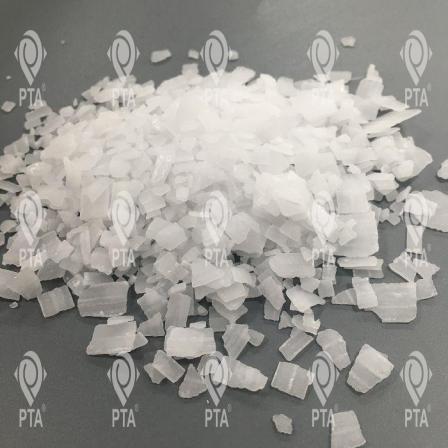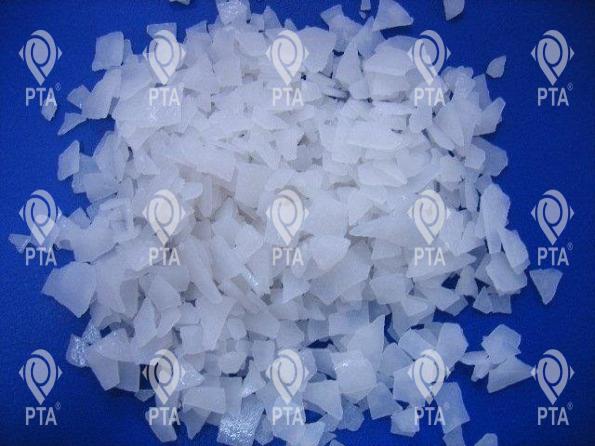High Quality Polyethylene Wax Cosmetics Grade
Polyethylene wax is used to enhance the properties of manufactured products in downstream petrochemical industries. Candles, cables, and polyethylene wax cosmetics are also used as additives or as external lubricants in plastics. In addition to home use, it is exported to Southeast Asian countries and Turkey in storage, extrusion and PVC injection processes.

Types of pe waxes for cosmetics industries
 waxes in cosmetics are produced in different types, the types of waxes used in cosmetics are beeswax, aloe vera wax, etc., which have different uses and are produced at different prices, and each of them according to the ingredients. They have different prices. paraffin wax uses in cosmetics should be done carefully.
waxes in cosmetics are produced in different types, the types of waxes used in cosmetics are beeswax, aloe vera wax, etc., which have different uses and are produced at different prices, and each of them according to the ingredients. They have different prices. paraffin wax uses in cosmetics should be done carefully.
What are the different functions of wax ingredients?
 The various uses of wax are as follows:
The various uses of wax are as follows:
Application in beekeeping
In countries where wood beehives are used, most of the bees produced domestically by beekeepers are used to make wax rules (wax and engraved wax plates that are given to bees as guides to make their own). Bees will not accept the rule of artificial waxes such as paraffin wax. Small amounts of paraffin wax mixed with beeswax may be accepted by bees. However, the use of such base sheets is a serious violation of beekeeping operations.
For candle making
Wax after wax, which is cheaper, was the main raw material for candles before the development of cheaper petroleum products, such as paraffin wax, which was introduced over the last century.Because wax has a higher melting point than most paraffin waxes (most melt between 48 and 68 degrees Celsius), beeswax wax candles remain straight and straight at higher ambient temperatures. If the size of the wick fits the diameter of the candle, it is less likely that the candles made of other materials will drip. Waxes with a melting point above 88. C do not work well during combustion. The Catholic Church uses candles in its ceremonies to make at least 51.1% of pure beeswax.
For metal casting and modeling
Due to its high formability, the wax is easily formed and shaved. It retains its shape even for very long periods of time, as can be seen from the wax sculptures found in ancient Egyptian tombs. Its relatively low melting point allows for easy and complete harvesting of casting molds. The empty space left in these molds can be filled with molten metal. In ancient times, almost in Asia and the Americas or Europe, artisans used the “lost wax” method in small sculptures, solid metal statues, jewelry, large hollow sculptures, and new bells. To date, various combinations of beeswax and other waxes have been used to create special shapes and appearances for jewelry and art forms.
Cosmetic application
The unique properties of bee wax give a certain concentration to emulsion solutions, which facilitates the formation of stable emulsions and increases the water holding capacity of ointments and creams. These properties, and other properties that only beeswax combines with a substance, make beeswax a substitute in the cosmetics industry. Although the desired effects can often be achieved with a small amount of wax from 1 to 0.3, the final products are also determined by the relatively high price of the wax.




Leave a Reply
Want to join the discussion?Feel free to contribute!